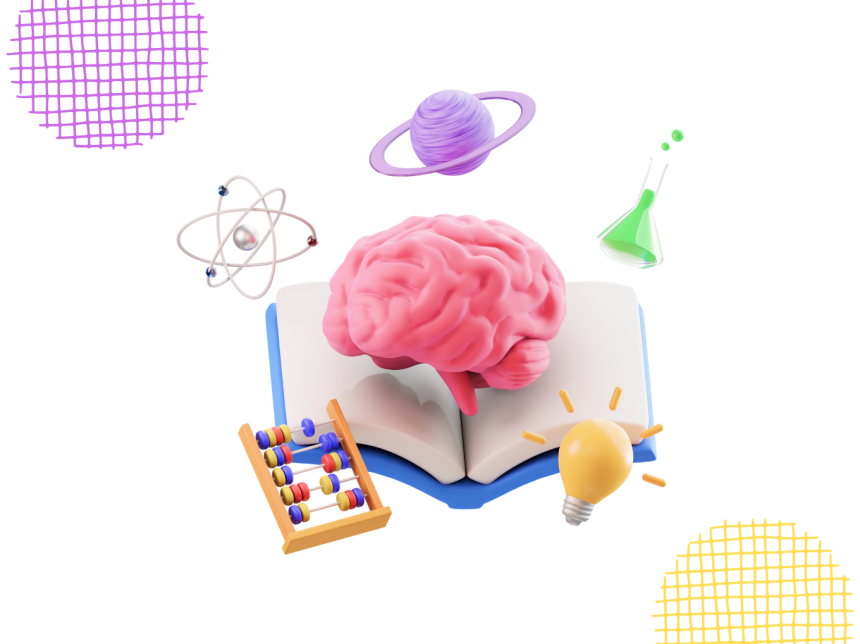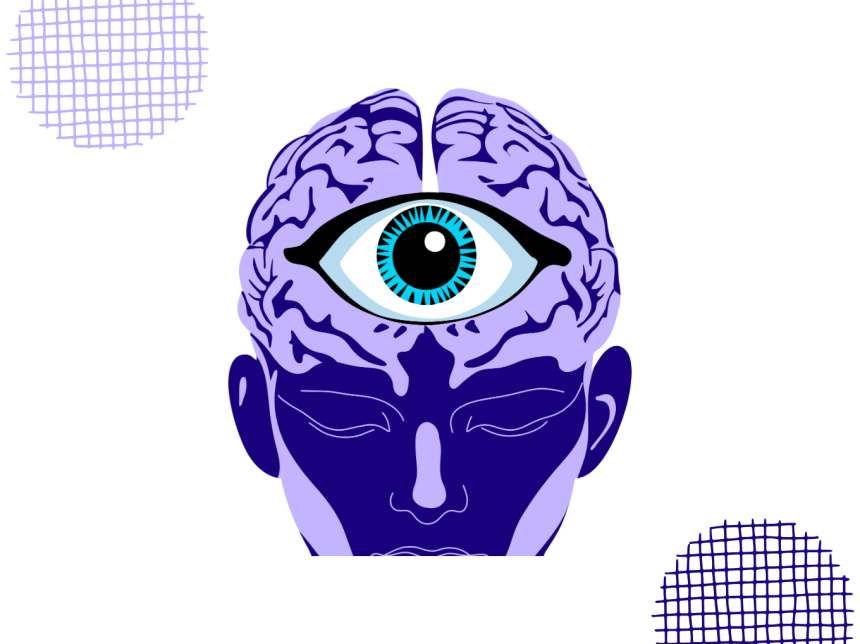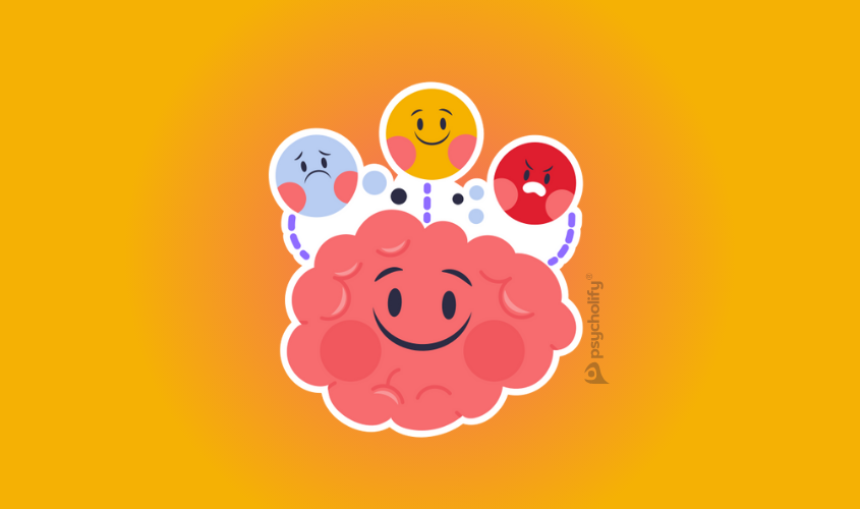
Mindfulness and Meditation: The Psychology of Awareness and Inner Balance
Explore the science of mindfulness and meditation. Learn how awareness, focus, and meditation practices improve mental health and well-being.
A Growing Movement of Awareness
In recent years, mindfulness and meditation have moved from ancient spiritual traditions into mainstream psychology, neuroscience, and wellness practices. What was once viewed as an Eastern philosophy is now a scientifically validated method for improving focus, reducing stress, and fostering emotional well-being.
At its core, mindfulness means paying attention to the present moment without judgment. Meditation provides structured practices for cultivating this awareness. Together, they form a powerful toolkit for balancing mental health, enhancing performance, and deepening self-understanding.
The Psychological Foundations of Mindfulness
Mindfulness is not about emptying the mind, but about observing thoughts, emotions, and sensations with clarity. From a psychological perspective, mindfulness influences mental health through:
- Attention Regulation – Training the mind to focus reduces distraction and rumination.
- Emotional Regulation – Awareness of emotions creates space between stimulus and response.
- Self-Awareness – Observing the self without judgment promotes acceptance.
- Cognitive Flexibility – Mindfulness reduces automatic, reactive patterns and fosters adaptability.
Meditation: Practices and Traditions
Meditation is the structured practice of training attention and awareness. Different traditions and approaches include:
- Focused Attention Meditation – Concentrating on a single object, such as the breath.
- Open Monitoring Meditation – Observing thoughts and sensations without attachment.
- Loving-Kindness Meditation (Metta) – Cultivating compassion for oneself and others.
- Body Scan Meditation – Bringing attention sequentially to each part of the body.
- Transcendental and Mantra Meditation – Repeating sounds or phrases to quiet the mind.
Though their techniques vary, all meditation styles share the goal of enhancing presence and clarity.
Neuroscience of Mindfulness and Meditation
Scientific studies reveal profound effects of meditation on the brain:
- Prefrontal Cortex Activation – Improves focus, planning, and decision-making.
- Amygdala Regulation – Reduces fear and stress responses.
- Hippocampus Growth – Enhances memory and emotional balance.
- Default Mode Network (DMN) Quieting – Less mind-wandering, more present awareness.
These findings demonstrate that meditation literally reshapes neural pathways, a phenomenon known as neuroplasticity.
Benefits of Mindfulness and Meditation
Research across psychology, medicine, and education highlights wide-ranging benefits:
1. Stress Reduction
Mindfulness-Based Stress Reduction (MBSR) programs reduce anxiety, tension, and physiological stress.
2. Emotional Well-Being
Regular practice increases self-compassion, decreases depression, and improves emotional stability.
3. Cognitive Performance
Meditation enhances memory, attention span, and creativity.
4. Physical Health
Mindfulness improves sleep, lowers blood pressure, and supports immune function.
5. Interpersonal Relationships
By increasing empathy and reducing reactivity, mindfulness strengthens communication and intimacy.
Mindfulness in Clinical Psychology
Mindfulness has become a cornerstone of modern therapy. Some widely used interventions include:
- Mindfulness-Based Cognitive Therapy (MBCT) – Prevents relapse in depression.
- Acceptance and Commitment Therapy (ACT) – Encourages psychological flexibility.
- Dialectical Behavior Therapy (DBT) – Teaches mindfulness to manage emotional intensity.
These therapies demonstrate how ancient practices integrate seamlessly into evidence-based psychological treatment.
Practical Strategies for Daily Mindfulness
Mindfulness does not require long retreats; it can be woven into everyday life:
- Mindful Breathing – Take 5 minutes to observe the breath.
- Mindful Eating – Savor flavors and textures without rushing.
- Walking Meditation – Pay attention to each step and sensation.
- Mindful Journaling – Reflect without judgment on experiences and emotions.
- Digital Mindfulness – Pause before reacting to messages and notifications.
Small, consistent practices build awareness habits that accumulate into lasting well-being.
Challenges and Misconceptions
Despite its popularity, mindfulness is sometimes misunderstood:
- Myth: It’s about stopping thoughts.
- Reality: It’s about observing thoughts, not eliminating them.
- Myth: It requires hours daily.
- Reality: Even 10 minutes daily creates change.
- Myth: It’s religious.
- Reality: While rooted in Buddhism, modern mindfulness is secular and scientific.
The Future of Mindfulness and Meditation
Mindfulness is expanding into new fields:
- Workplace Wellness – Corporate mindfulness programs improve focus and reduce burnout.
- Education – Mindfulness training helps students regulate emotions and learn effectively.
- Healthcare – Doctors recommend meditation for pain management and recovery.
- Digital Platforms – Apps like Headspace and Calm democratize access to mindfulness tools.
As technology grows, mindfulness offers a vital counterbalance: a return to presence in an age of distraction.
Cultivating Awareness for a Balanced Life
Mindfulness and meditation are not quick fixes—they are lifelong practices that reshape the way we experience reality. By training attention, regulating emotions, and deepening awareness, these practices foster resilience, well-being, and compassion.
In a world of constant noise and stress, mindfulness offers something revolutionary: the power to be present, calm, and fully alive.




